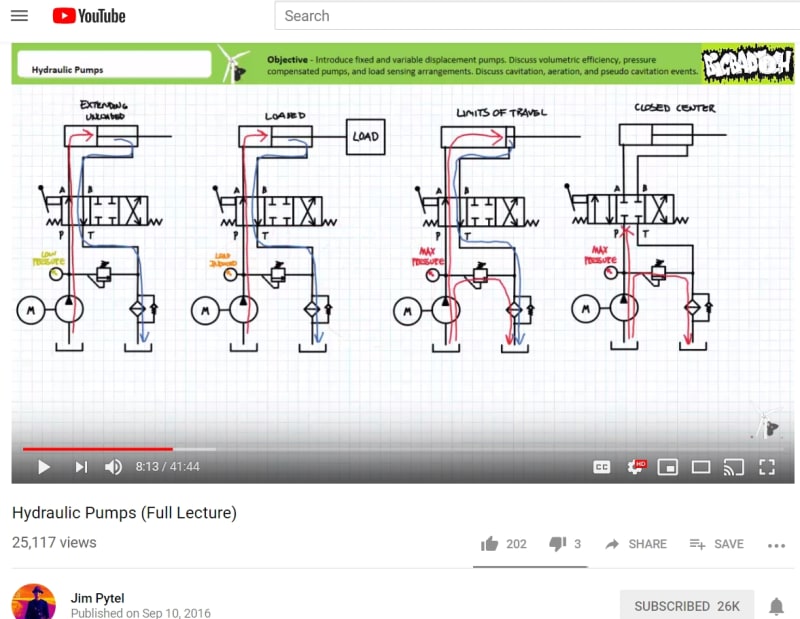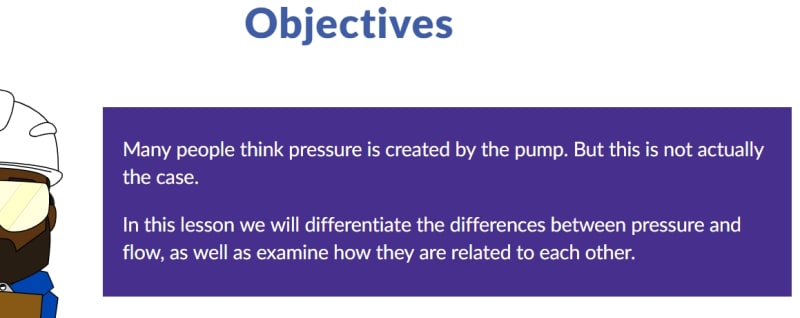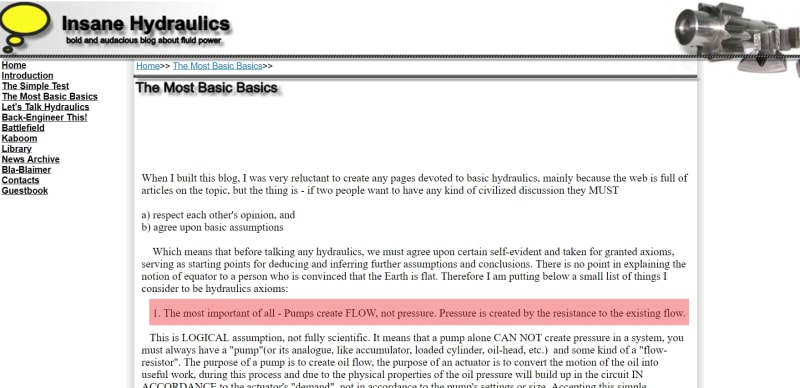Your argument fails because there is always an active force, pressure or voltage behind any motion.
Let's see how that works. Try this real-world experiment. Put your hand straight out, facing up and place a postage stamp on your palm. Now apply 10 pounds of force straight upwards to the postage stamp. Can you do it? Why not? You can raise your hand as fast and as hard as you like, but you are still never going to apply 10 pounds to a postage stamp in free air. Why can you not do it?
Now take a 9.9 pound package of printer paper. Place it in your outstretched palm and apply 10 pounds of force upwards. Hmmm... where you could not create any appreciable force on the postage stamp, now suddenly, you can apply a force to this. In other words, your attempts at applying a force failed until you have a resistance. Note that this will work whether you try to do it up, down or sideways.
Your statement that an active force, pressure or voltage being behind a motion does nothing to refute the statement that pressure is created by resistance to flow.
You can't increase the voltage or pressure by increasing the resistance.
Yes. Yes, you can and that is exactly what happens when you close a valve or turn up the knob on a potentiometer. I have explained that twice in what happens with your car battery.
Pressure or voltage has to be increased on the prime mover side of the equation.
That is wrong because it is not possible to do anything with your battery, generator or pump to increase pressure.
The electrical analogy:
Yank the rope on your generator and where does the voltage come from? Where is the voltage once it starts reading 120V? If you tied the two terminals together, where would the voltage go?
If you replaced the windings with solid copper plate, what would happen to the plate as the magnetic field passed by it 60x/second? What is eddy current heating? If you took the copper plate and cut a big hole in the middle and then saw cut one side so that you have an incomplete hoop, what would you see between the two faces of the saw cut? Would it be some measurable voltage? If you pushed the two faces together, where would the voltage go? Could you measure any voltage anywhere on the entire loop with the two faces pushed together? If you introduced a resistance to current flow by opening up the saw-cut gap again, would you measure a voltage between the two faces? If there is no voltage when the air gap is gone and you get a voltage reading when you re-introduce the air gap, then what creates the voltage? How is that similar or dissimilar to a single turn of bare wire? How is that similar or dissimilar to a single turn of insulated wire? In what way is that similar or dissimilar to a hydraulic pump?
The point is that neither a generator, nor a power plant, nor a battery "create voltage".
The mechanical analogy:
Take a gear pump and disassemble it. Surprisingly, or perhaps not, the driving pinion is often an involute spur gear profile that will mate quite nicely on a rack. Now mate this exact gear pump pinion to a rack and turn the pinion. Voila! The rack moves back and forth, just as it will on the steering in your car. Now, allow unrestricted movement of the rack and tell me what kind of stresses (coincidentally, measured in psi) are created in the cross-section of the rack. Save for the inertia of the rack itself, you get pretty much zero stress (psi) in a cross-section of the rack when there is no resistance to movement of the rack.
Now, attach the far end of the rack to a plow or shovel or some form of resistance and observe the stresses in the rack. More resistance
from the load and you get higher stresses in the cross-section of the rack. Now attach the end of the rack to something that will not move. Attempt to turn the pinion. Extreme stresses (psi) in the rack and yet...
no movement. That is to say, there is no flow of teeth passing a fixed observer. Apply a load cell into the system while the far end is fixed. Try to turn the gear back and forth. What does the load cell read? Is that similar to a pressure gauge in a hydraulic system? Does the load cell show fluctuations in force as you attempt to turn the pinion back and forth? If you know the cross-sectional area of the rack, can you use the information from the load cell to determine the stress in the working medium of the power transmission element (i.e., the rack in this case or the fluid in a hydraulic system)?
Now, imagine that you place a clamp on the rack that is attached to the source of resistance to movement of the rack, such that extreme forces in the rack will cause the clamp to slide along the joint. What will be observed when the final load is fixed and the pinion/rack is forced to move? Will there be significant heating caused by the clamp dragging? Will the work/energy of the rack moving back and forth be dumped into friction between the clamp and the rack? Can it be noted that on the downstream side of the clamp, there will be no movement of the load? Could you call something like that clamp a stress relieving mechanism? Is that similar to a pressure relieving valve in a hydraulic system?
Now, put the pinion back into a housing and fill it with a fluid. The exact same pinion is now moving fluid instead of a rack. Whether it is moving a rack or a volume of oil, the movement of the medium (rack or oil) must take place for the shovel or plow or whatever implement to move or "go." In other words, the flow of either fluid or solid must occur for something to go, or more succinctly, the flow makes it go.
Finally:
I have seen the idea posted multiple times on this board that somehow "flow makes it go" is wrong. Each time I have seen it, there has been a significant amount of detail that has a "then a miracle occurs" step between the theory and the conclusion that somehow flow doesn't make it go. So here we are. I have put my cards on the table and will eat crow if someone will correct my thinking and analogies, but the correction has to be correct both theoretically and in the real world. I'm sure that it's been explained elsewhere, so I'll read an article or three that is on a non-ET website if it will explain just how "flow makes it go" is wrong. So let's see it.
Engineering is not the science behind building. It is the science behind not building.
![[ponder] [ponder] [ponder]](/data/assets/smilies/ponder.gif)
![[bigglasses] [bigglasses] [bigglasses]](/data/assets/smilies/bigglasses.gif)



![[ponder] [ponder] [ponder]](/data/assets/smilies/ponder.gif)
![[bigglasses] [bigglasses] [bigglasses]](/data/assets/smilies/bigglasses.gif)



